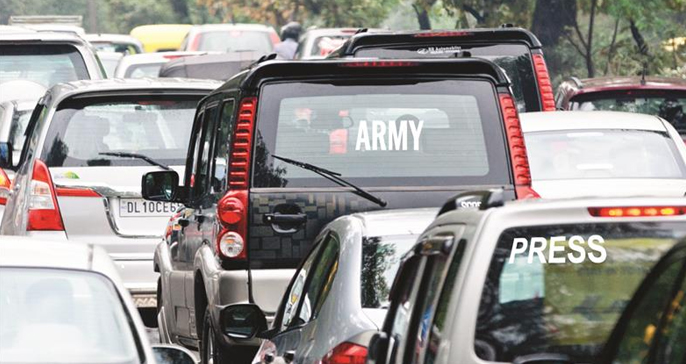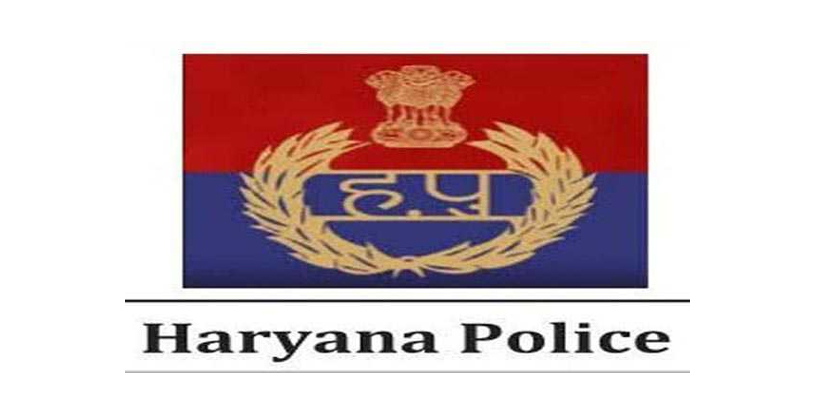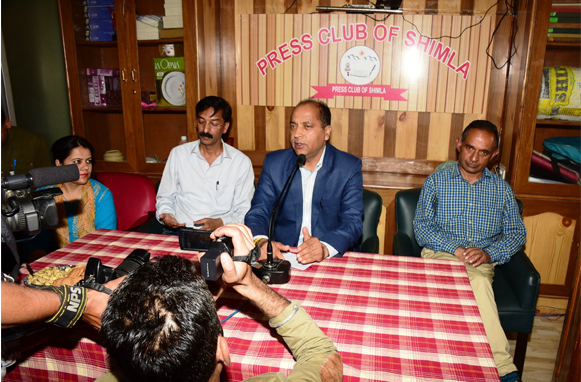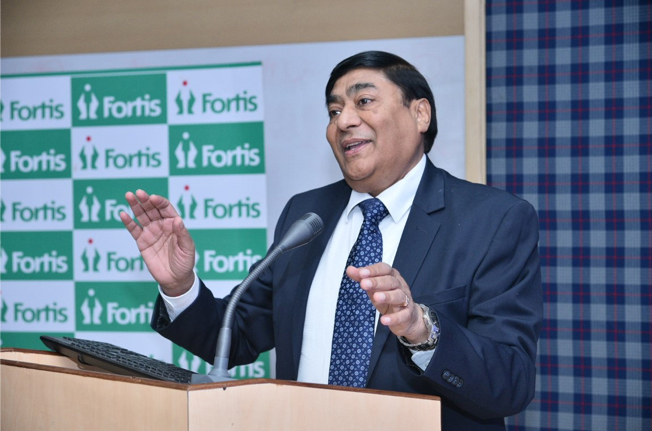Virtually applying brakes to the brazen exhibit of VIP culture, the Punjab and Haryana High Court today banned the display of designations, profession, organisations and other symbols of celebrity status on all government and non-government vehicles. Even vehicles of judicial officers have not been granted exemption.
As a necessary corollary of the order passed by a Division Bench of the High Court, stickers and other exhibits of big-wheel status, such as mentioning of words Army, Navy, press, chairman, vice-chairman, court and executive officers would have to be removed from the vehicles. Only ambulances, fire engines and other vehicles used for salvage purposes have been granted exemption. For the purpose, the High Court has set a 72-hour deadline.
Making it clear that implementation of the orders would begin from the High Court itself, the Bench of Justice Rajiv Sharma and Justice Amol Rattan Singh, during the course of the hearing, asked the court staff to see whether anything in contravention of the direction was displayed on the High Court vehicles before ensuring its removal.
Critical of idle parking of automobiles on all major and tertiary roads in the tricity, the Bench also authorised the police to tow away such vehicles left behind in violation of the Motor Vehicles Act and the traffic regulations for ensuring smooth flow of traffic. The directions would be applicable to Chandigarh, Panchkula and Mohali.
The Bench also made the National Highways Authority of India a party to the ongoing case on traffic regulation and road safety. The direction came after the Bench took note of the traffic chaos at the toll plazas.
Taking cognisance of single entry-exit gate in some of the educational institutions, the Bench also directed the deputy commissioners of Panchkula and Mohali to convene a meeting of the heads for considering the provision of two entry and exit gates, along with emergency exits.
The Bench also took note of the fact that CCTV cameras in more than a few school buses were non-functional. It directed the constitution of a team to ensure the cameras were working. The Bench also made it clear that checks would be carried out after every three months.
The Chandigarh Administration was also given 90 days for publishing its parking policy. The Administration would, as a part of the process, call for objections from the general public and other stakeholders within 30 days and finalise the policy in another 30 days thereafter. The Bench also made it clear that the policy would be placed before it 10 days before its publication.
For steering clear of mishaps and turning the roads safer, the Bench, on the previous date of hearing, had ordered mandatory seat belts for all students travelling by school buses, limiting the number of students to four in autos and dashboard cameras for all registered ambulances.
The Bench had also given the right to way to ambulances and school buses even during the VVIP movement and directed the illumination of cycle tracks and pedestrian paths.

















